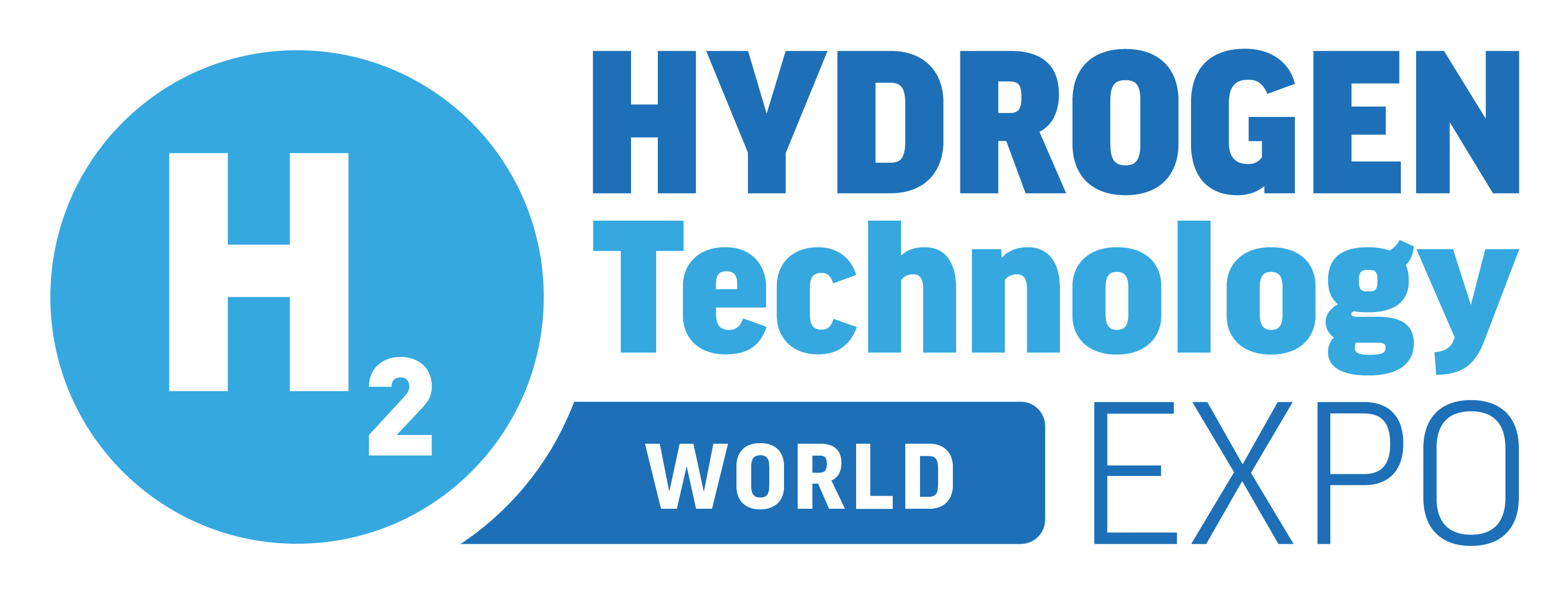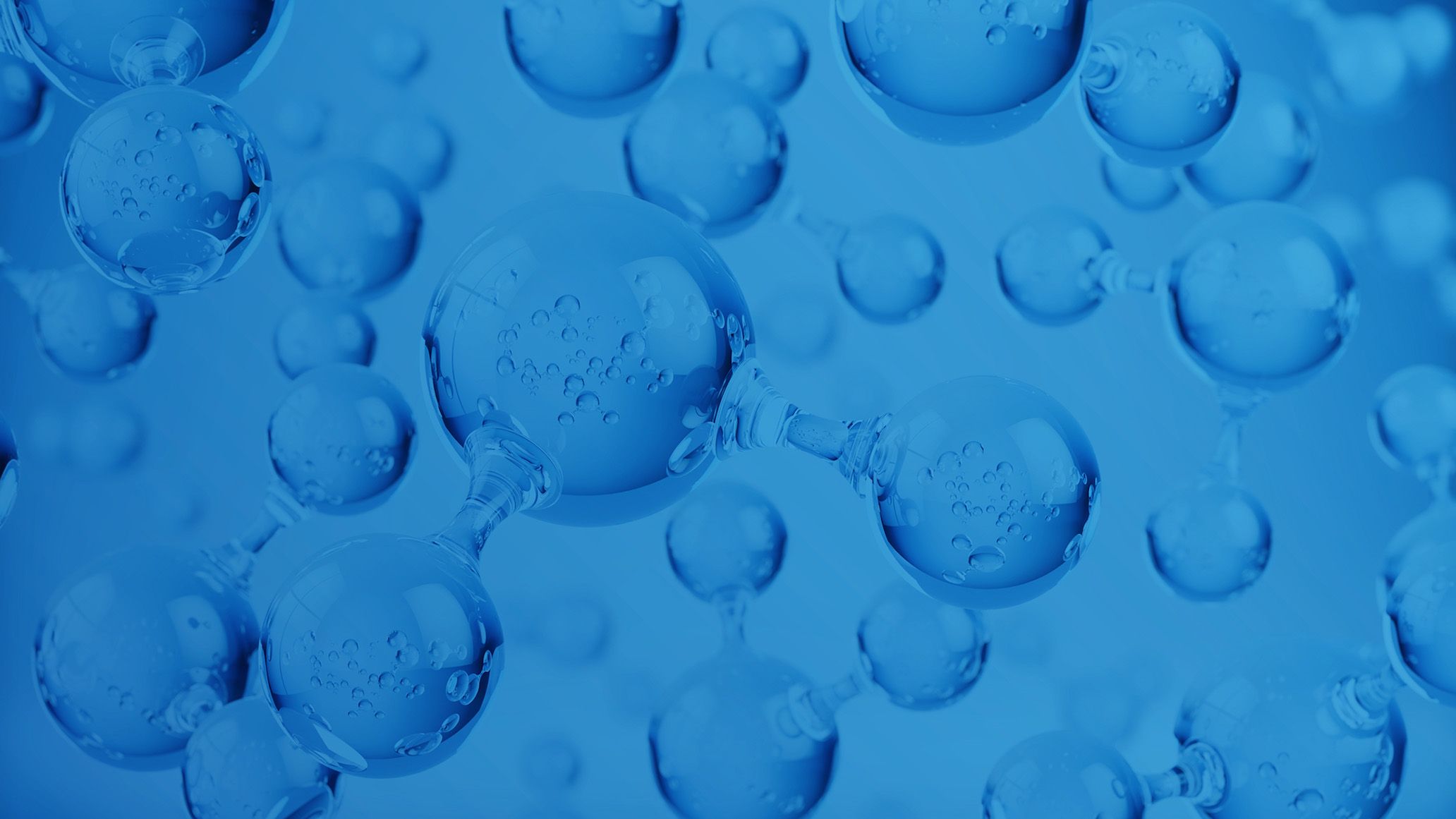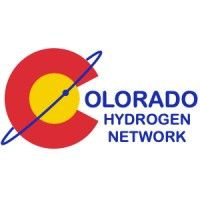Energy self-sufficient CO2 capture for blue hydrogen production
As part of its decarbonisation or blue hydrogen production goals, a large European refinery accessible by sea, planned to offset ≈500 kiloton/year CO2 (at 95% CO2 recovery) from the flue gas of its existing, steam-reforming based Hydrogen Production Unit (HPU) via post-combustion capture technology. The capture of CO2 was to be followed by liquefaction and intermediate storage of liquid CO2, to be shipped to a suitable sequestration location. The refinery commissioned Fluor to perform a preliminary process design for a CO2 capture, compression, and liquefaction plant to be built at the refinery.
Amine-based CO2 capture plants need considerable amounts of thermal energy for regenerating the solvent. There are distinct reasons for using steam over electricity to provide this energy to the Amine Stripper Reboiler, which will be discussed in the presentation. However, a key aspect of the design was the need to operate the capture plant without importing LP steam from the refinery. By using novel and practical methods to recover heat from the existing HPU and from the new CO2 capture plant itself, the Reboiler’s total steam demand could be met.
Part of the heat supply puzzle also involved a techno-economic comparison between a heat pump and an electric boiler to satisfy 1/3rd of the Reboiler’s steam requirement. The results of this analysis, together with an overview of the thought and design process of the complete heat and power system to energise the capture plant, will be discussed in this presentation.
Next, two different systems were evaluated for CO2 liquefaction namely,
i) CO2 compression to a pressure of 25 barg and liquefaction using external refrigeration (NH3 refrigerant), and
ii) Internal refrigeration, which involves CO2 compression to just over 100 barg combined with liquefaction by ambient cooling and subsequent pressure reduction.
A technical comparison of the two liquefaction processes and the parameters dictating the final design choice will be discussed. Note that these considerations can be applied to any CO2 stream requiring liquefaction.
Finally, contributions of the cost of capture, liquefaction, and storage per ton of CO2, as well as levers to bring down this cost, will be highlighted.





)
)
)
)
)
)
)
)
)
)
)
)
)
)
)
)
)
)
)
)
)
)
)
)
)
)
)
)
)
)
)
)
)
)
)
)
)
)
)
)
)
)
)
)
)

)
)
)
)
)
)
)
)
)
)
)
)


)
)
)
)
)
)
)
)
)
)
)
)

)

)
)
)

)
)
)
)
)
)
)
)
)

)
)
)
)

)
)
)
)
)
)
)
)
)
)


)

